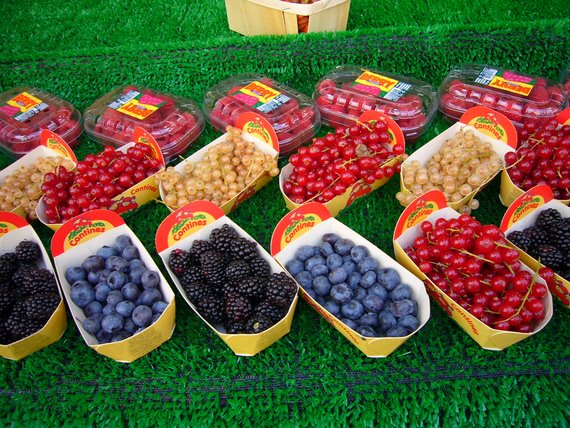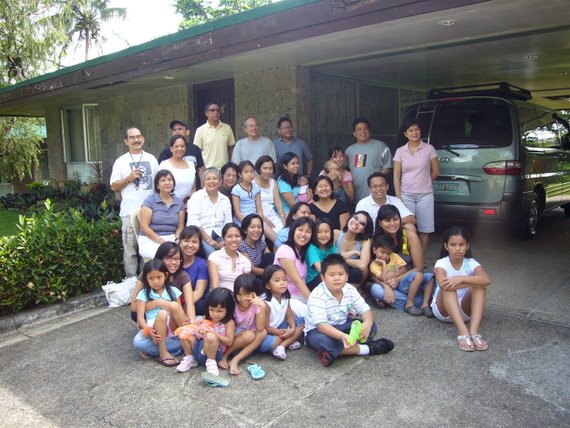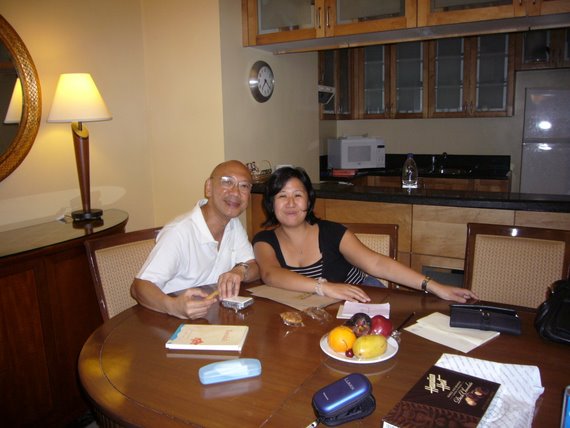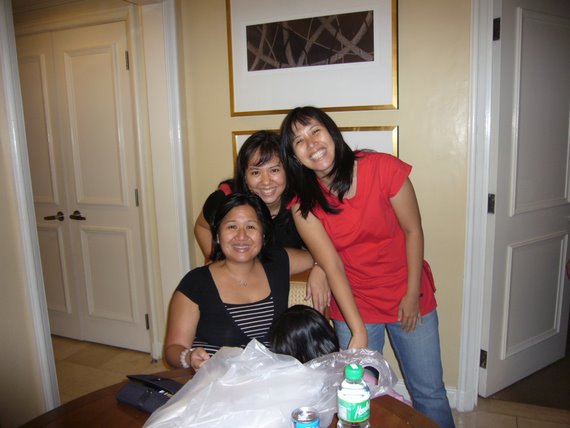In gradeschool, we put out this three page leaflet in dark and heavy newsprint via the cranky old mimeograph machine. It was called The Montessori Voice and I recall being asked to draw directly on the stencil to "fill the white space". As a highschool freshman, I joined and then, we worked with an actual press. But they did all the hard stuff. The typesetting, the blueprints. All we really had to do was proofread, and a literary magazine stuffed with adolescent poetry, 200-word personal essays that we would call short stories and half a dozen illustrations done meticulously with a 1.2 tech pen - this is easy proofreading. In my senior year, I was editor for The Theresian, which we combined with the senior year book. I forget whose brilliant idea that was. But the results, as I recall them, were less than impressive as all the pictures were in black and white, and the press failed to get the contrast. We made dozens of penned corrections on the blueprint - and as an echo of my childhood, I did a small, impromptu illustration to fill up some rather awkward white space.
My one-off freshman year at the University of Michigan exposed me to The Daily. A university paper that actually came out every day - it boggled my mind. How did the editors study? Returning to the Ateneo, I joined the The Guidon. Back then, I was just a writer and I recall feeling tremendously relieved even then that I did not have to do anything but file my story. Yes, one was enough for a rather thin, bimonthly newspaper. Of course, calling it a newspaper was putting it kindly. And production - or rather "press work" - consisted of my merely dropping by to "help" check blueprints - and that consisted of rather cursory proofreading as the entire exercise was merely an occasion to hang out and flirt.
These days, we do production inhouse. We line-edit, copy-edit and manipulate both the texts and the visuals onscreen. Oddly enough, we still encounter the problems of awkward white space but there are any number of ways to address these in the suite of items called design. Because it's all computerised on In Design, a powerful programme devised and customised for the magazine business, there is no longer any typesetting. Instead we copy-edit by cutting and fitting text and controlling its shape on the page. And we give the files directly to the printer in batches of four pages called "signatures". All that's left for them to do is the final art on photos and getting the colours right. The physical shaping of the text - literally the way words and sentences are lined up on the page - that's all done inhouse.
My preference is to imitate the old-fashioned typewriter. I hate right-justified text and the ugly, irregular spaces it causes. Not to mention, I hate the way I have to try to fill those spaces with short words, or rewrite the sentence in such a way that everything fits nicely. What's wrong with the hyphen, I have been known to whine plaintively. Why does the hyphen have to be edited out of existence when it has a real purpose?
And then there are those beastly orphans and widows - the copyeditor's work is all about killing the orphans and widows. I keep forgetting which is which. But there should be no single word at the bottom of any paragraph - there should be at least two words, ideally three. And there should be final line of a paragraph starting a new column leg. Likewise no first line of a paragraph on the last line of a column leg. Who decided these rules, I'd like to know.
The work of a sub-editor is thankless. In the end, nobody is going to care about orphans or widows - they can all go live together in a paper house for all you care. Nobody will see how you magically rewrote an eight word sentence containing three three-syllable words so that it would not cause a blasted orphan or widow. Nobody counts the seconds it took you to copyfit a four page story so that it still offered the essence. And even an error - which will be pointed out to you by many of course, no fear, and for which you will feel badly about for a disproportionately long time - will very quickly pass into oblivion.
But in the late hours of the night, when it's just you and a designer and maybe an obliging writer who offered to help process a seemingly insurmountable amount of pages before the next working day, there is a joyful sense of cameraderie that lends some ease and some much needed hilarity. In fact, there is likely too much hilarity ensuing likely from too much coffee, coca-cola, chocolate, cigarettes because everything seems funny.
But as much as the work is tedious and painstaking, it's also pleasurable in a strange way. There are moments, especially at night, when you feel a kind of brilliance. When all that shoddy overmatter is cleared and spanking new pages emerge, neat as pins and gleaming like jewels.
Of course, it could just be lack of sleep.
Wednesday, May 16, 2007
Subscribe to:
Comments (Atom)
Kids on break

So what are you going to do about it?
Reminder: Buy fruit

Likewise, Quintosians rule

on with family business
FLASHBACK MANILA

Isang Sandali
Sisterhood rules

Here's to being the best we can be!
Apparently, this is me. Now which card are you?

You are The Wheel of Fortune
Good fortune and happiness but sometimes a species of intoxication with success
The Wheel of Fortune is all about big things, luck, change, fortune. Almost always good fortune. You are lucky in all things that you do and happy with the things that come to you. Be careful that success does not go to your head however. Sometimes luck can change.
What Tarot Card are You?
Take the Test to Find Out.